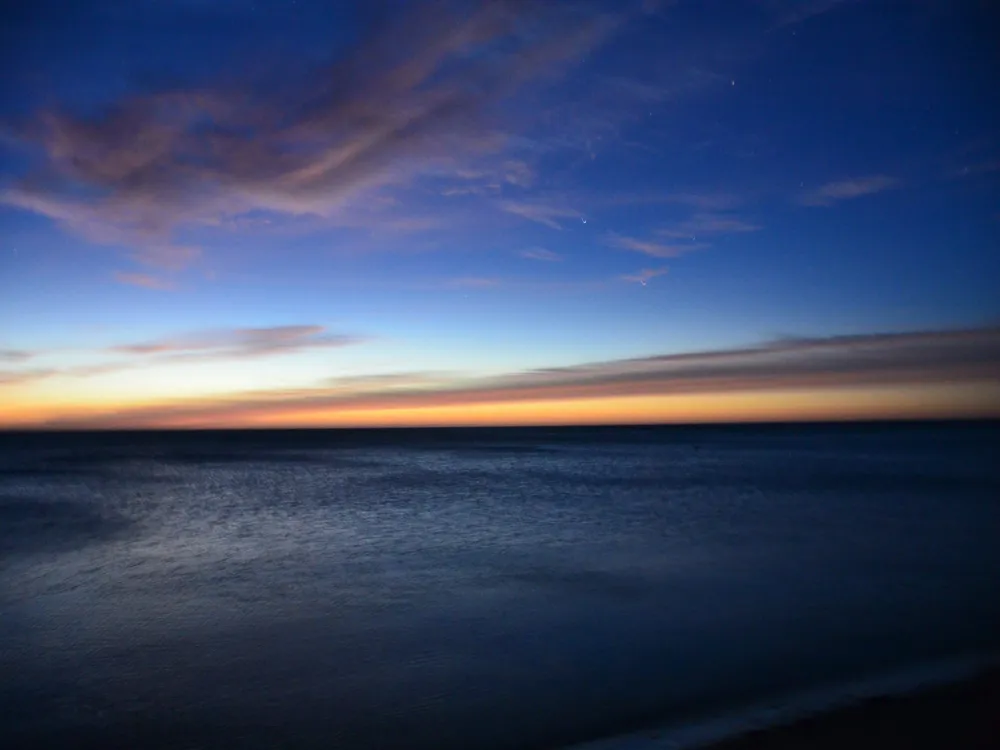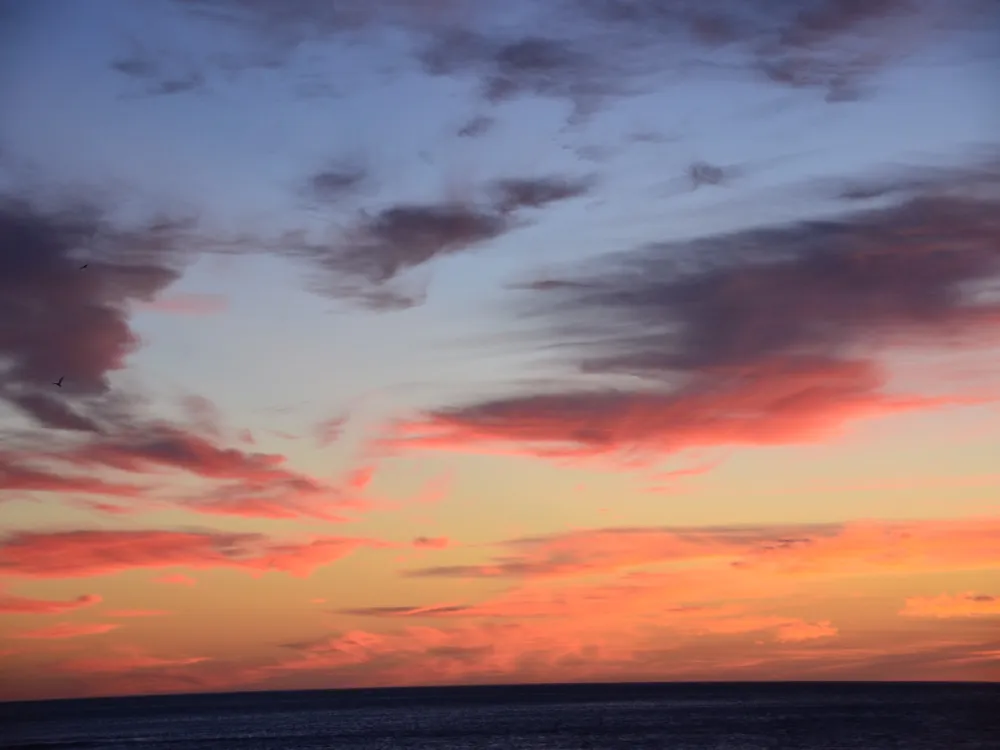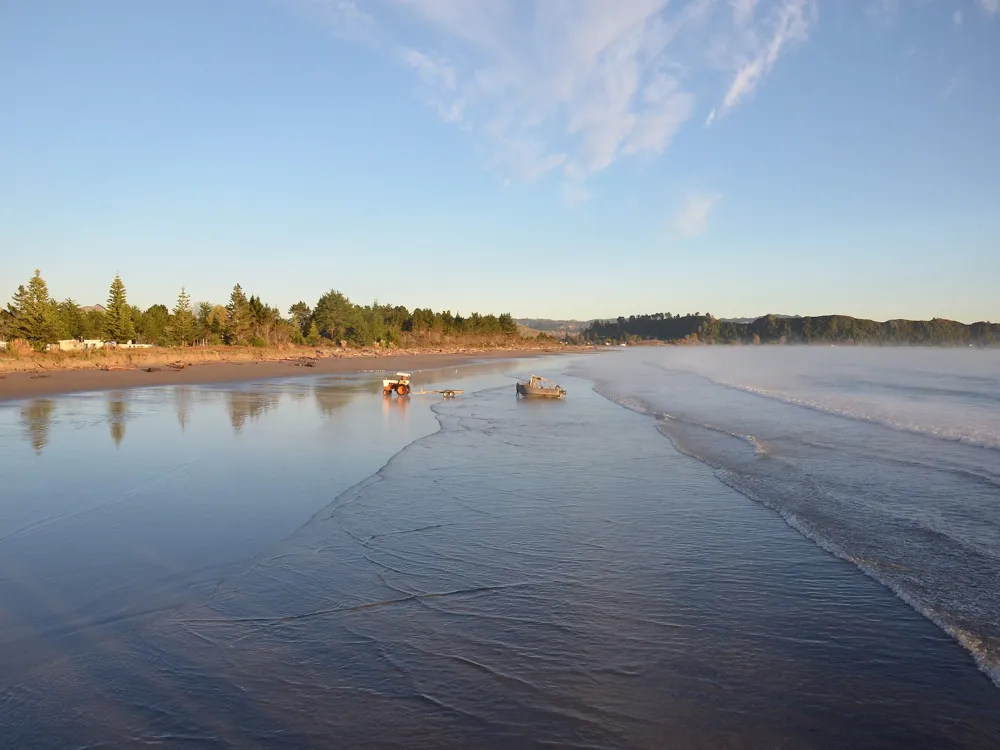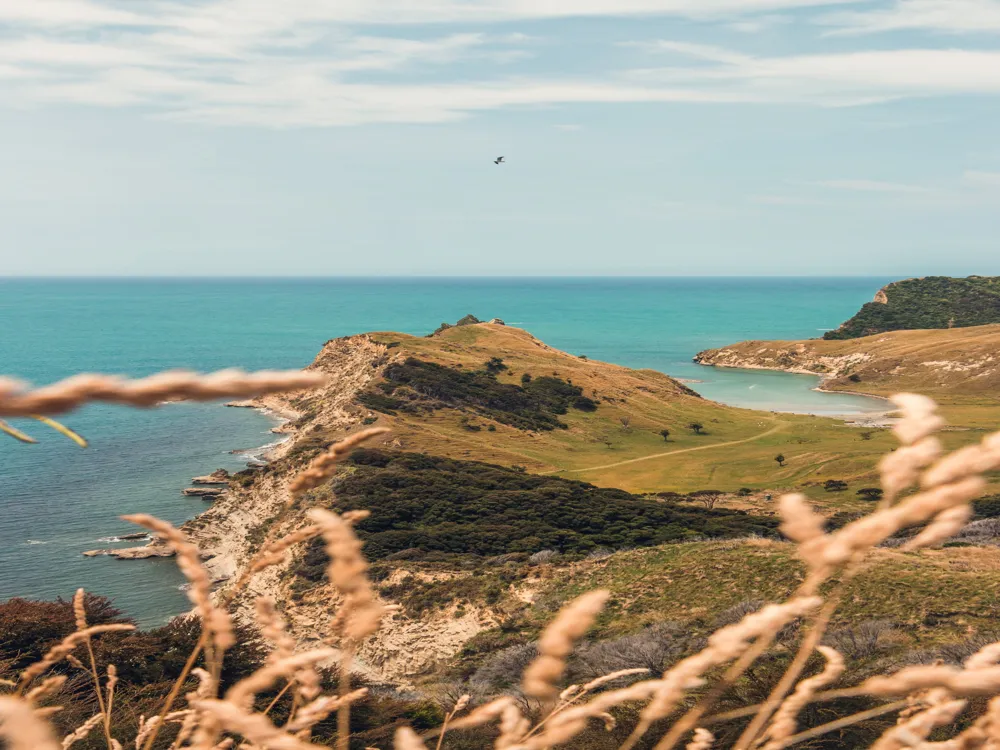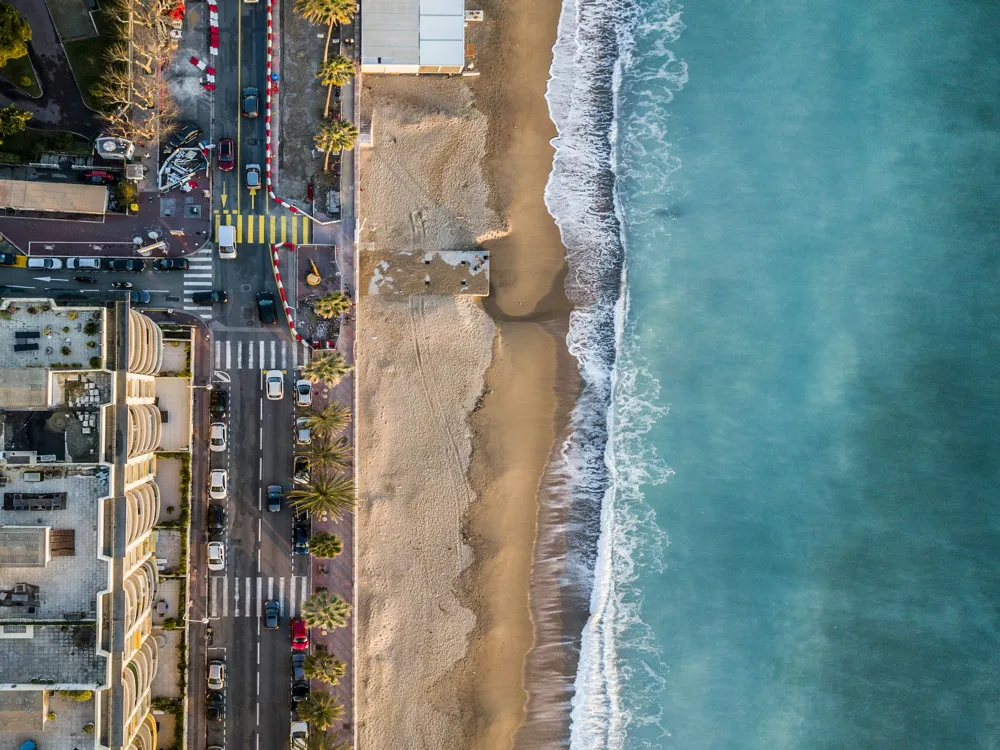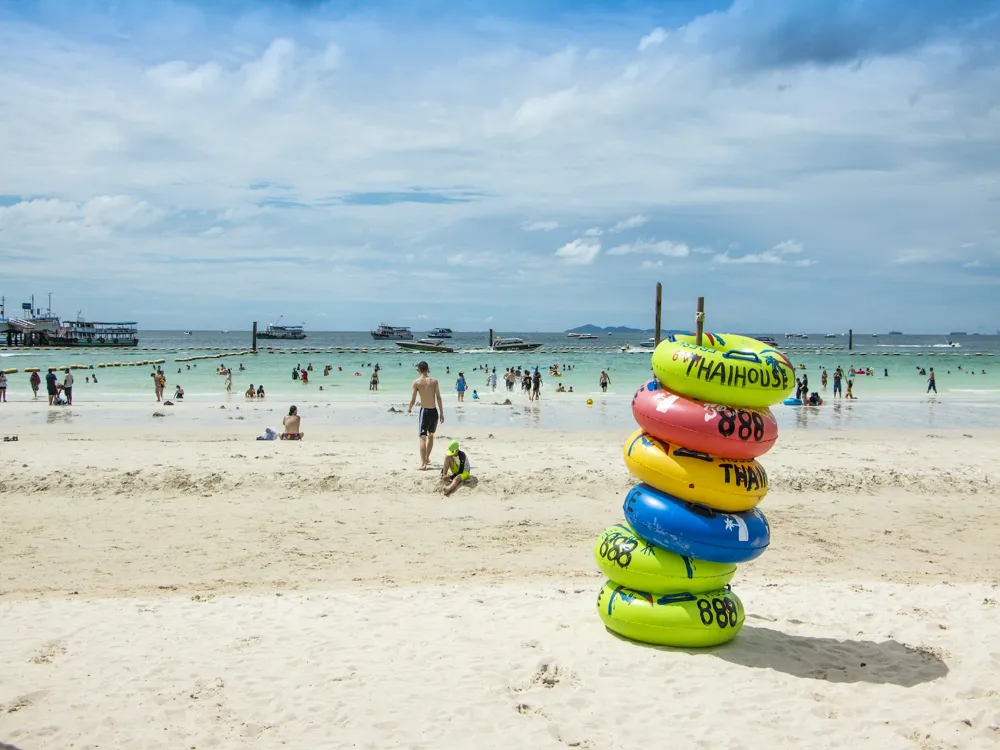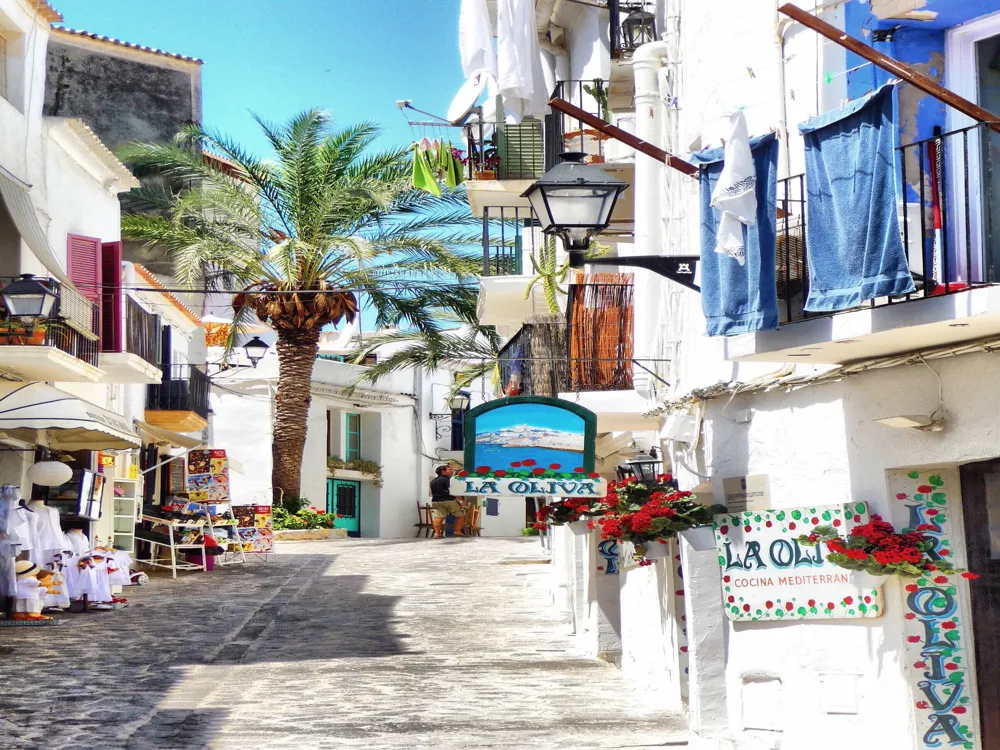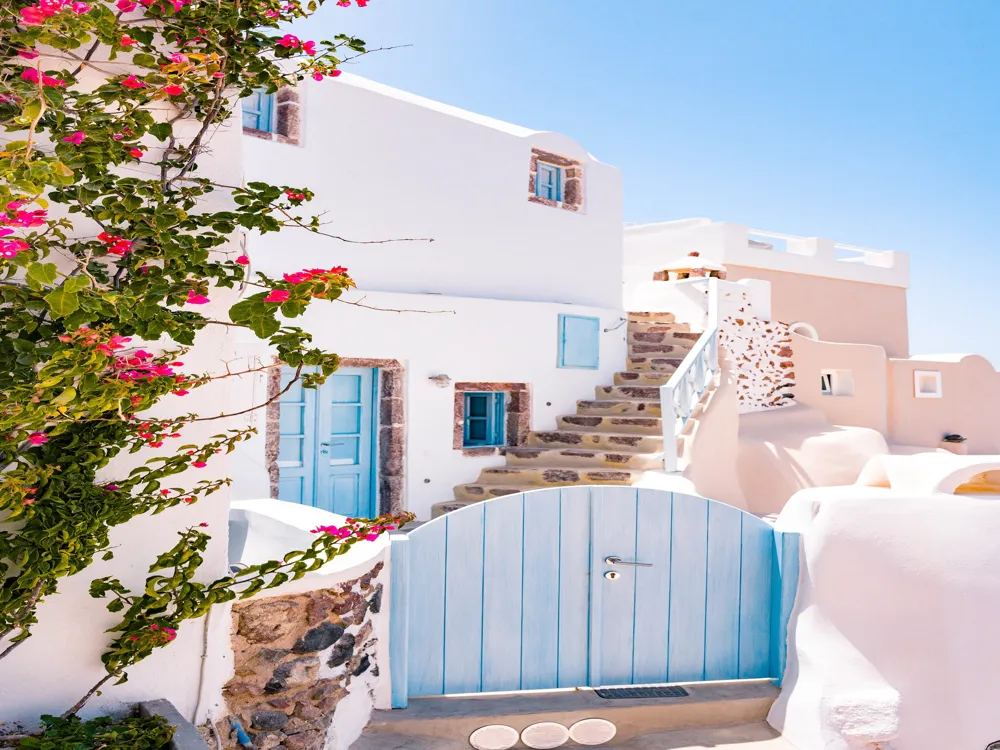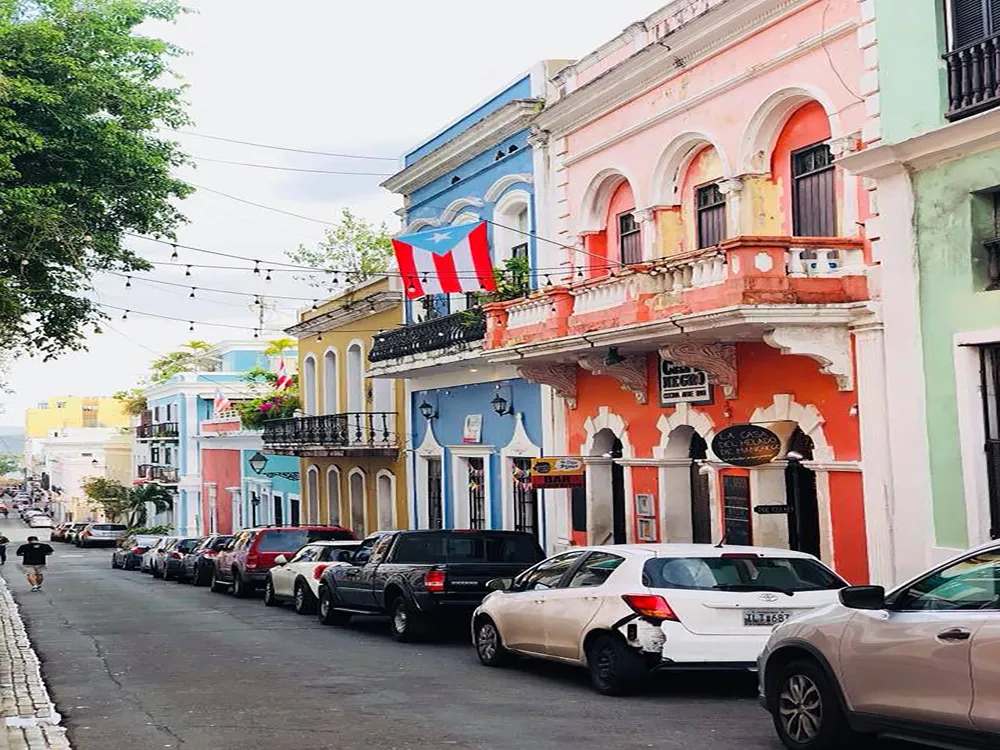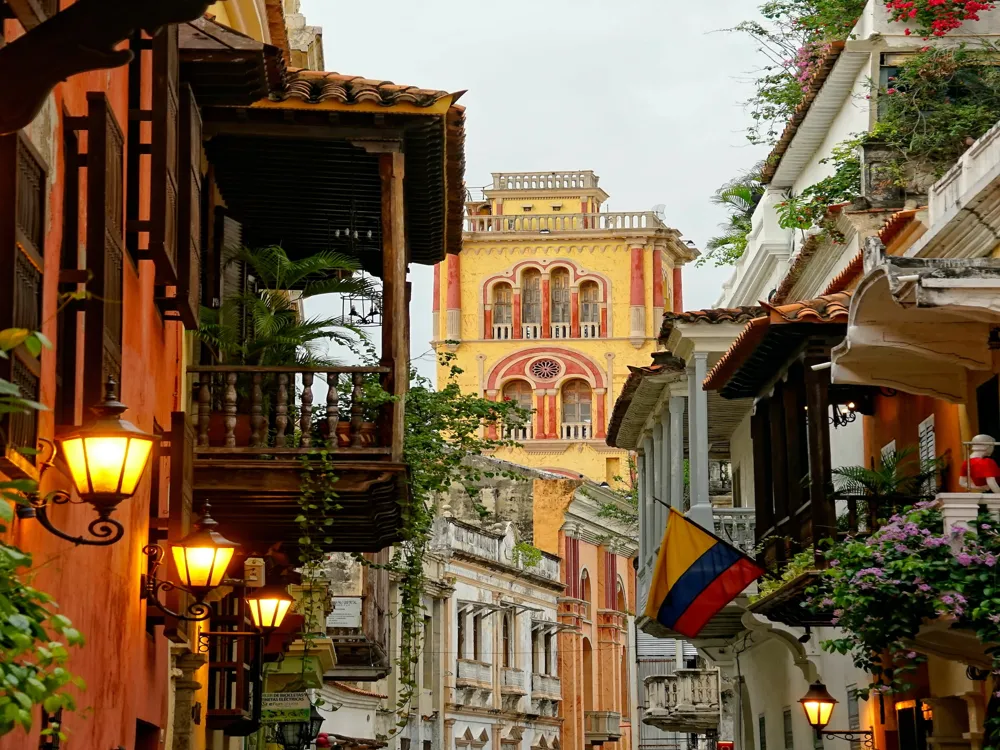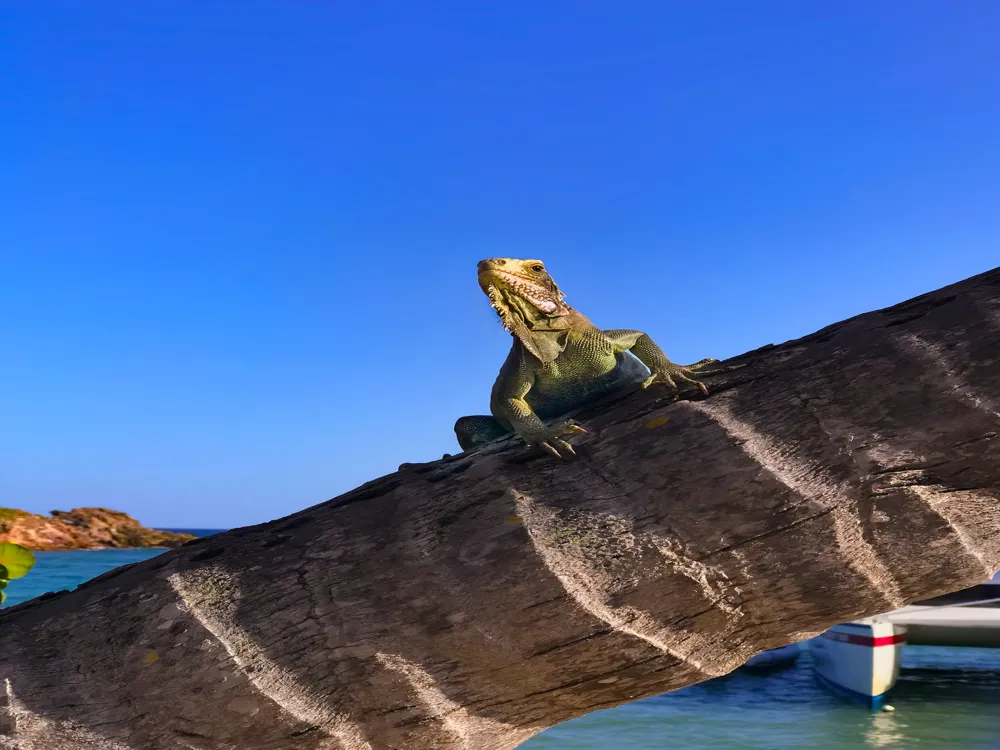Plan Your Travel To Gisborne
Places To Visit In Gisborne
Bushmere Estate
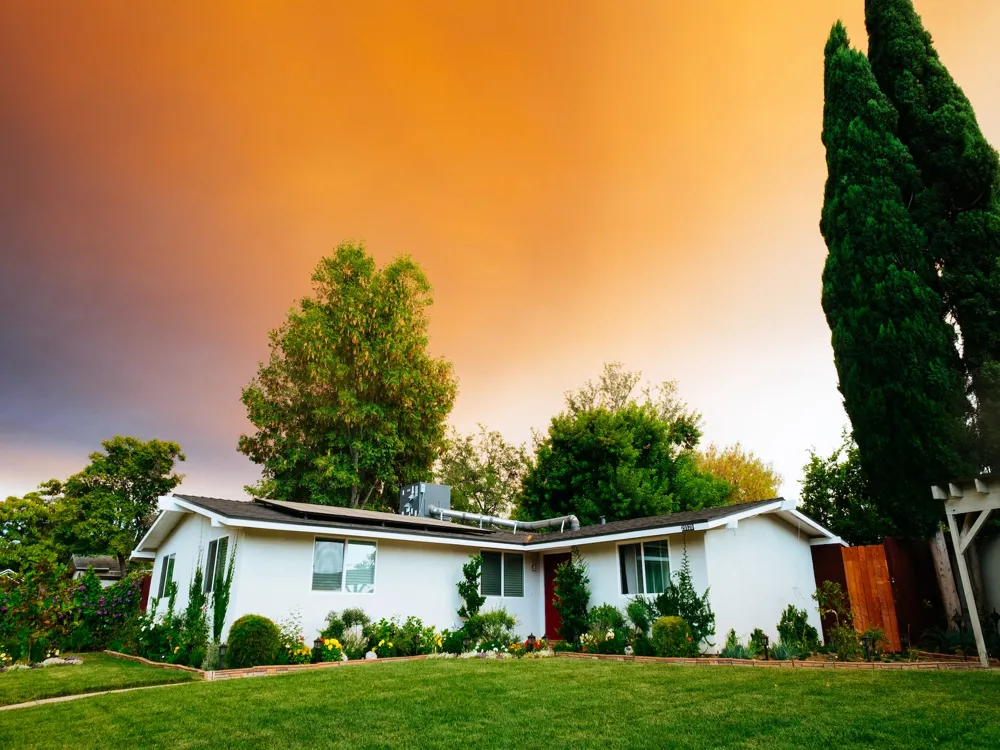
Bushmere Estate, located in Gisborne, New Zealand, is a 100% family-owned vineyard. David and Shona Egan have been growing grapes for over 40 years in this Estate, which is now listed as one of the top 2 vineyards in Gisborne. The Estate has transformed over time in response to the changing industry and has evolved from growing bulk grapes to producing quality world-class wines.
Spread over 17 hectares of land in the Central Valley region of the Gisborne district, Bushmere Estate mainly grows Chardonnay grapes and smaller Malbec, Merlot, and Pinot Gris plantings.Approximately 10 minutes from Gisborne's city centre, Bushmere Estate also consists of The Vines Restaurant & Cafe within its premises. One can dine and experience delicious food and wine from an excellent menu that provides a variety of food. Besides being famous for wine tasting & great food, Bushmere Estate also hosts beautiful weddings. The gorgeous landscape offers a unique experience for the couple on their wedding day.Whether it's to taste the delicious cuisine created by the chef, enjoy the beautiful landscape or celebrate an occasion with family and friends, Bushmere Estate has a lot to offer and will leave you happy and content.
Read More
East Cape Lighthouse
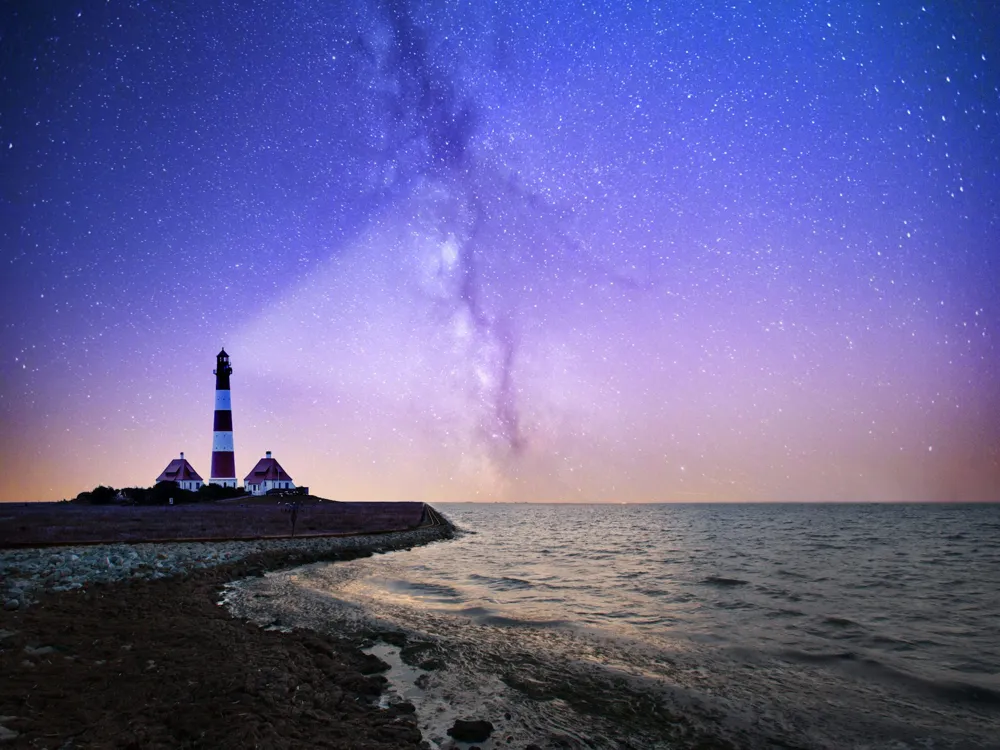
East Cape Lighthouse is the easternmost lighthouse in New Zealand. The tower is a white-coloured cast-iron cylindrical tower with a balcony and black lantern roof and is the perfect place to witness the world's first sunrise from New Zealand. The lighthouse is managed by computers directly from Maritime New Zealand's office in Wellington.
The tower's height is 15 metres (49 ft), though it is at an elevation of 154metres (505 ft) above sea level and is the right place to watch the early rays of the sun casting a blurry tone over the dried grasses and the Manuka trees. The lighthouse is located on the eastern coast of New Zealand and is closest to the Date Line, making it the best place to witness the first light of the day without the date changing.
Read More
East Coast Museum of Technology

Artefacts of an older time
This museum sports a fascinating collection of old artefacts like telephone boxes, vintage computers. Moreover the curator is immensely helpful.
East Coast Museum of Technology

The East Coast Museum of Technology is owned and run by a Non-profit Organisation. It is more like an exhibition than a museum as it consists of a varied collection of several antique pieces like old machinery, cameras, cycles, trucks, cars and everything else you can imagine. There are also old WWII military vehicles, agricultural equipment (tractors), horse-drawn vehicles, stationary engines, domestic kitchens and households, and old fire engine trucks, which the kids are allowed to climb into.
If you’re interested and curious about antique pieces, then head to East Coast Museum of Technology. All pieces in this museum are restored and overhauled. Even if you don’t know what it is and how it works, there will be one club member who will explain and demonstrate everything. If you are interested, you can volunteer yourself at this museum.
Read More
Eastwoodhill Arboretum
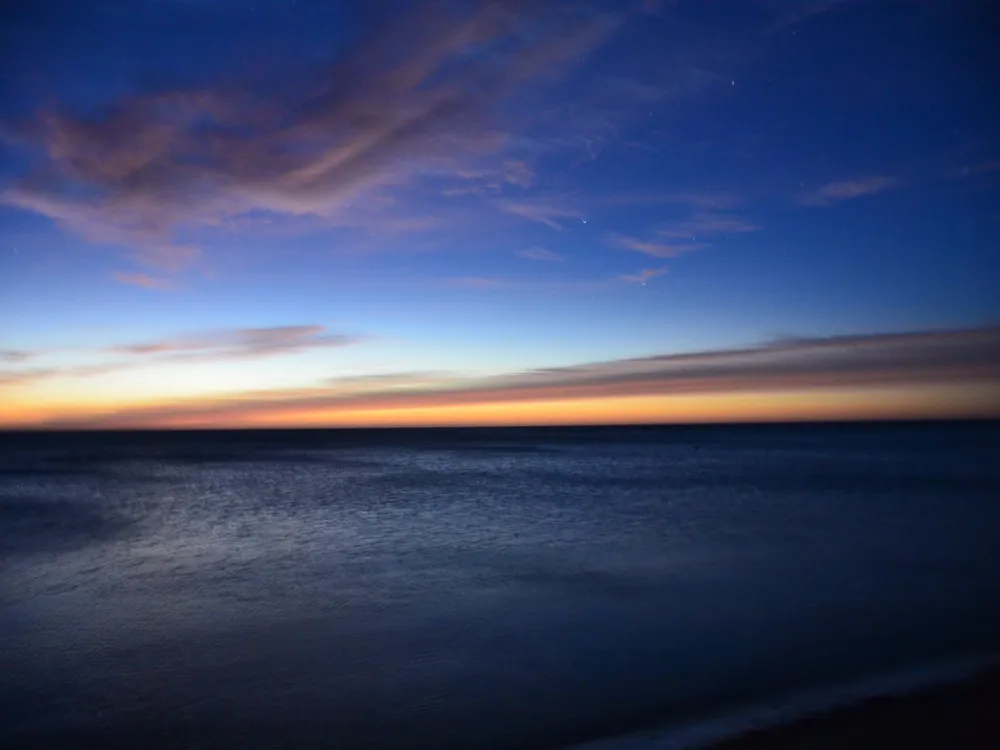
Situated in New Zealand, Eastwoodhill Arboretum was founded by Douglas Cook in 1910. The mission of the Eastwoodhill Arboretum is to develop and exhibit diverse plant species that would contribute to global ecology and preservation. In addition, it aims to preserve the endangered species of trees and carry out research to educate people about the same.
The massive Arboretum supports 131 hectares of exotic and indigenous trees, shrubs and climbers. To name a few, trees like Scarlet Oak, Coastal Redwood, Serbian Spruce and Orange Bark Myrtle are found here. Eastwoodhill Arboretum is also home to Piwakawaka, Tui, Kotare, Ruru, Koekoea and many other birds that thrive in harmony here. Walking down the tracks here is a visual treat as you witness trees of different origins, sizes and unique colours. The Arboretum also organises activities like Daffodil Day, Gibbs Farm Sculpture Tour, Botanical Gardens Day, Teddy Bear’s Picnic and the Trail Run Series to attract visitors.
Read More
First Sunrise
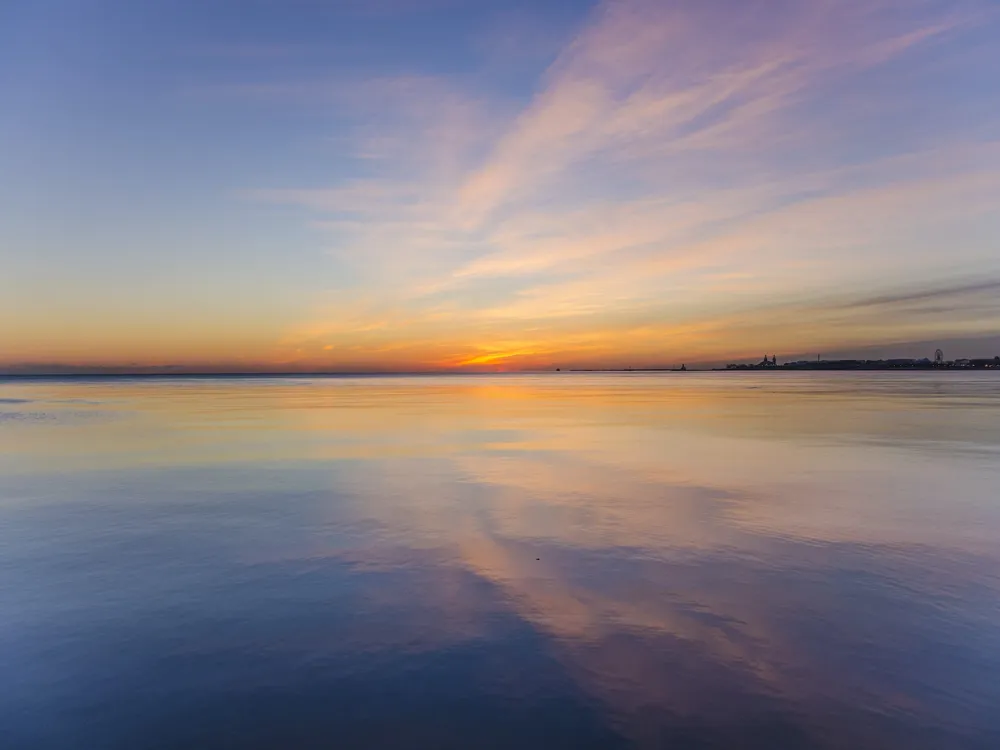
To watch the first sunrise on Earth is a charm in itself, and Gisborne in New Zealand takes this honour to greet the first rays every day. Although the Independent State of Samoa is the first country to welcome a new day, Gisborne is still the first city to witness the first sunrise and was often dubbed as the place “First to See the Light” until recently. The city of Gisborne is laced with beautiful sandy beaches and magical views of the Pacific Ocean, offering great spots to witness the sunrise here.
If you are an adventure seeker, then Mount Hikurangi here is the perfect place to be, as it gives out a fantastic sunrise view and a fun trek. Wainui Beach is another excellent spot here for watching the sunrise amidst beautiful views of the dunes and the surfers' area on the waves. With picturesque views and history ingrained, the East Cape Lighthouse offers a breathtaking view of the sunrise from its top. Another way to enjoy sunrise here comes with a once-in-a-lifetime experience in Tairāwhiti Gisborne, where you can soak in the sun's warm rays while there are stingrays swimming about near your feet.
Read More
Gisborne Wine Centre
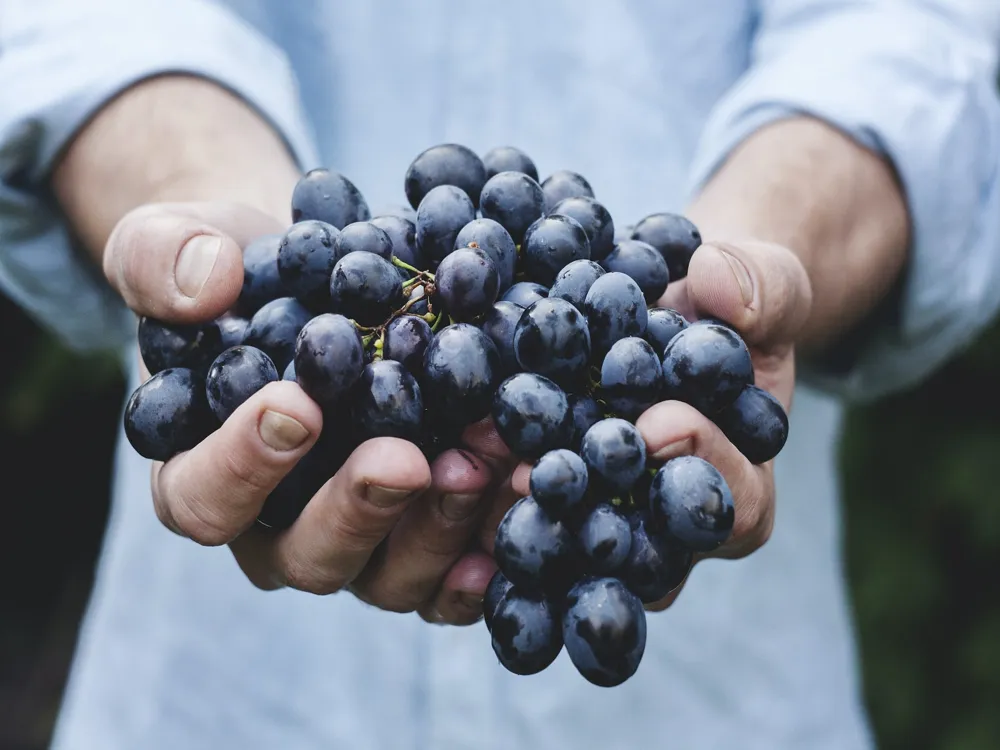
Wine tasting and beautiful views
The staff are immensely polite and the wines are great. The views complement the wine and all in all it is a near perfect way to spend a relaxed day at the vineyards.
Morere Hotsprings
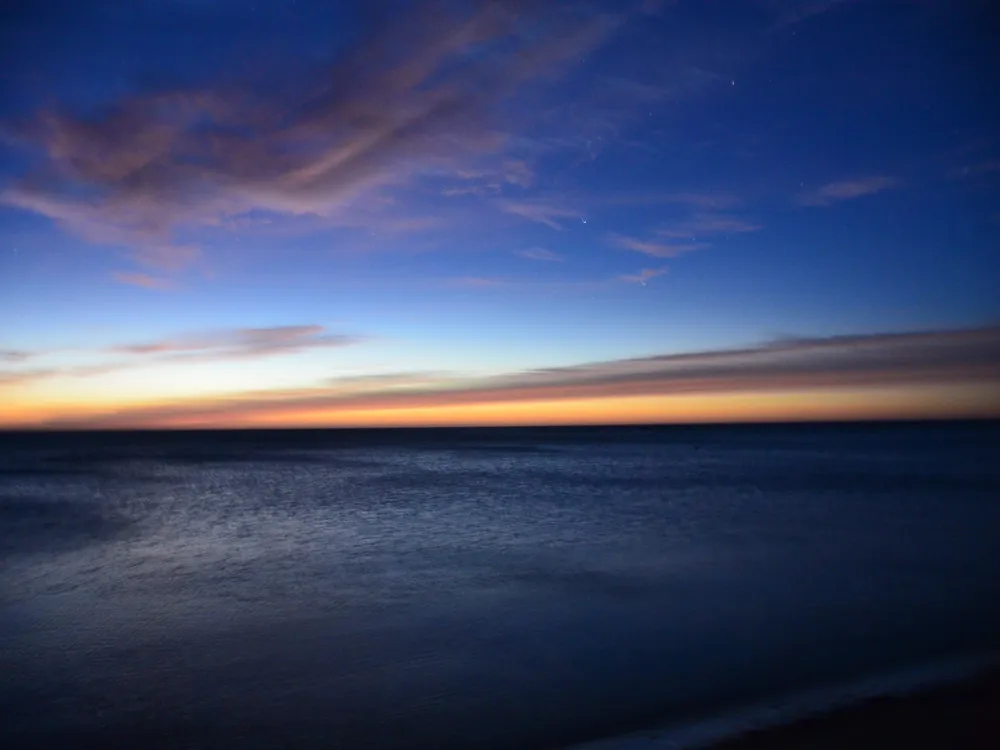
Located 40 kilometres to the northeast of Wairoa and 60 kilometres to the southwest of Gisborne, Morere Hot Springs is a 363-hectare reserve. It is one of the last remaining tracts of coastal native forest on the east coast. Surrounded by beautiful trees and a ton of rainforest, Morere Hot Springs is a hot pool under shelter predominantly for relaxation. However, it also gives an excellent opportunity to socialize with other people. It consists of 8 pools, each with different temperatures.
Source
Morere Springs is famous not just for the hot springs but also for its scenic reserve that is accessible by many different walking tracks. The track can be a 25-minute or a 2-hour long walk. The trails consist of the Nikau Pool track, Nikau Loop track, Mangakawa track and Ridge track, which take 15 minutes, 25 minutes, 2.5 hours and 2 hours to cover, respectively. Walking in these tracks, one can get a tropical feel with lots of Palm trees, Nakau Palms in particular. Nikau means ‘No coconuts’ in Maori. But these palms have pretty pink flowers on them. One can learn a lot about the forest from the interpretation alongside the walk. One can also learn more about the spring waters that go into the Morere Hot Springs. The water used here is known as fossilized seawater because it is travelled for thousands of years before bubbling up to the surface and being used to pump into the hot springs. The spring looks like a tiny stream of water, but it produces 250,000 litres of water every day.
Read More
Mount Hikurangi
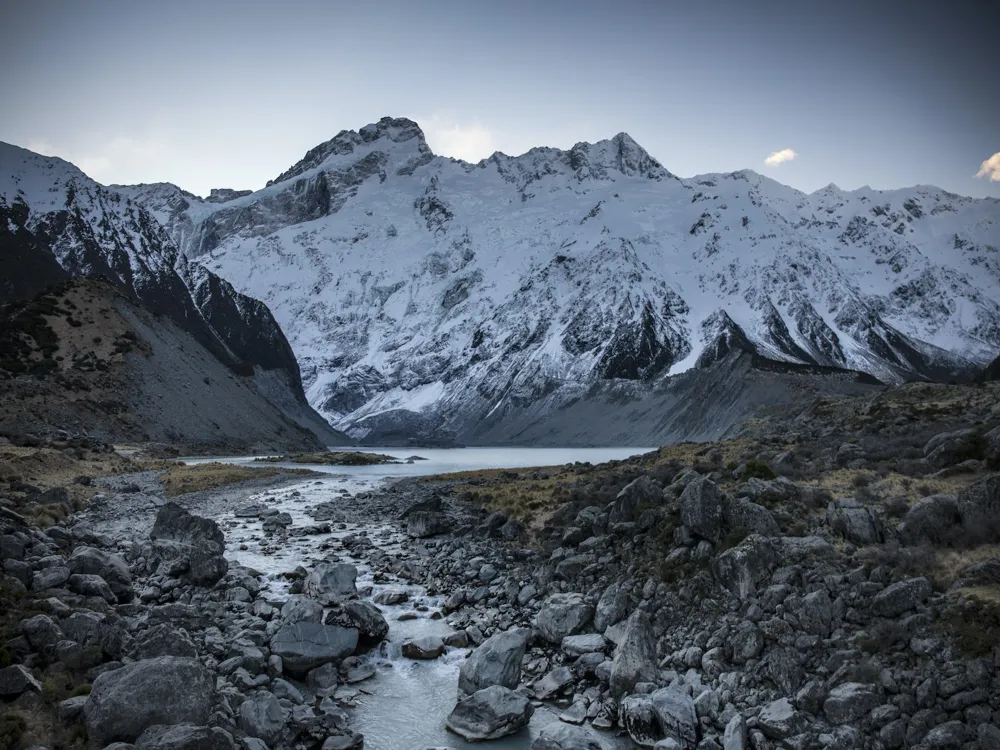
Mount Hikurangi is the highest non-volcanic mountain on North Island that witnesses sunrise in the very first place. It is located in the Tairawhiti region, scaling up to 1,754 metres. A hill is a sacred place for the Ngati Porou people. They believe Mount Hikurangi was the first point to emerge from the sea when Māui fished up the North Island.
The trek to the top starts from Pahikiroa station that is located at the end of the gravel Tapuaeroa Valley road, which is approximately 20 kilometres inland from Rotorua. The Mountains can be accessed through the Tapuaeroa Valley that is open for public, operated by Te Runanga o Ngati Porou.
Read More
Poverty Bay
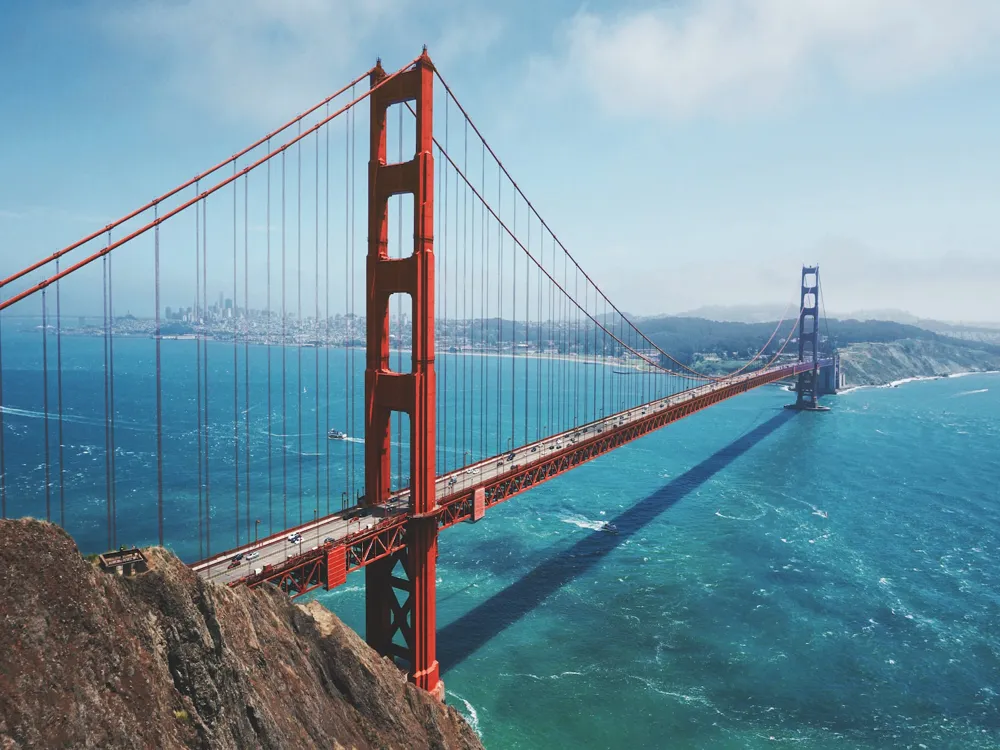
Poverty Bay is also known as Tūranganui-a-Kiwa, which means “the great standing place of Kiwa”. It is the largest bay on New Zealand’s North Island, which stretches from Young Nick’s Head to Tuaheni Point. Poverty Bay lies between the East Cape and the Mahia Peninsula. North and south, the district consists of hills, and a circle of hills bounds the interior. The climate resembles Hawke’s Bay and Nelson but is warm in all seasons. Rain is more equally distributed than in Napier.
The population of Poverty Bay in 1867 consisted of about 500 Maoris and 150 Europeans of all ages. The three main tribal groups that now reside in Poverty Bay and claim Tangata-Whenua status are Te Aitanga a Mahaki, Rongowhakaata, and Ngai Tamanuhiri. Poverty Bay is an area of flat, fertile land on a flood plain crossed by three rivers that enter the sea at two points, on opposite sides of the bay.
Turanganui, the village capital, is situated at the bottom of a deep bay, from which the district derives its English appellation, on the south bank of the Waimataha river.
Read More
Gisborne Travel Packages
View All Travel Packages Gisborne
Nearby Places Gisborne
Browse Package Collections
Browse Hotel Collections











